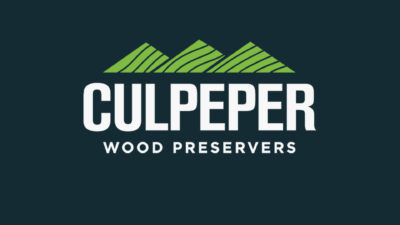The Southeast Softwood market is trending toward lower prices, according to industry sources located there.
At the time of this writing, a sales manager for a Mississippi-based sawmill noted that the shift has been particularly noticeable in Southern Yellow Pine within the past two to three weeks. “It seems to be that people are sitting on the PO books right now, waiting for the price to drop more,” he said. “You don’t have a whole lot of buying when the price is dropping like it is.” He also mentioned that with a lot of new mills opening, it seems that supply is starting to catch up with demand.
Of course, this is great news for consumers. “The customers are ecstatic about the prices dropping because the prices have been so high,” he noted. “Before the current drop, they’ve been way above anything I’ve seen in the past 25 years. In fact, in the past three years, they’ve been way above anything we’ve ever seen.”
While his company manufactures multiple products, his niche is in lower-grade sales for industrial end users. In such, he deals primarily with Nos. 3 and 4 Common Yellow Pine and SPF products.
The president of a mill located in North Carolina dealing primarily with Cypress related a different experience. “The market is very strong and prices are very strong,” he said. “The biggest issue is supply. Demand far outstrips supply at this point.”
Primarily targeting the wholesale distribution market, his company sells Cypress in 4/4, 5/4, 6/4, 7/4 and 8/4, in both green and dry lumber. They also cut timbers from 3×3 up to 16×16 (all green). “The 1×6 SEL and 1×6 No. 2 Common are, by far, our best sellers,” he added.
A sales manager for a distribution yard in Alabama stated that the market is starting to soften up quite a bit, with stabilization of supply nudging pricing downward. He credited much of it to the Covid restrictions being lifted and the mills getting back to work. “It’s been relatively dry down here in the South,” he added, “so it seems like there’s plenty of production coming out now.”
His company deals primarily with Southern Yellow Pine, Nos. 2 and 3 (4’ to 12’ lengths), with 2×4 and 2×6 remaining their top seller. For SPF, they deal solely in No. 2 Common. Selling primarily to multi-housing end users, he said that his customers “know that we’re in a correction phase, so they’re backing off, trying to pick a bottom.”
Transportation continues to be a significant factor for most interviewees, with each taking a slightly different approach to mitigating problems associated with it. “I haven’t seen a whole lot of change in my area,” mentioned our Mississippi-based source. “I’ve held back from trying to ship long distance because it’s just a lot harder – you can get upside down in some of the freight rates going 600, 700, 800 miles, so I have stayed back.” He added that if the mill provides a delivery price, he will let them handle it, since most of the mills he deals with have contracts with the trucking companies where they lock in a price. “When the fuel prices start going up, a lot of times, you just have to wing it,” he added. “I’ve stayed away from long distance hauls while the freight rates have been so unstable.”
Our Alabama source reiterated that since the cost of trucking has increased significantly, they are still facing challenges getting the product moved. “Between rain and trucking,” he said, “you’d better allow two to three weeks on trucks for the Southern Pine market. If you’re talking Spruce rail, it’s still pretty messed up.”









